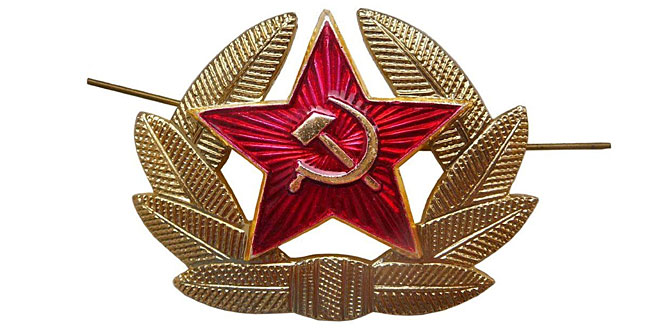Question: Describe in brief the Russian empire in 1914?
Answer: The following points may help you:
- Tsar Nicholas II ruled Russian Empire in 1914.
- The Russian empire included area around Moscow.
- It also included areas around presently Finland, Latvia, Lithuania, Estonia, parts of Poland, Ukraine and Belarus.
- The Russian Empire extended to the Pacific region and included territory of Central Asia, Georgia, Armenia and Azerbaijan.
- As far as social demographics of the empire is concerned, the Russian empire was predominated by the Russian orthodox Christians.
- Though the Empire also had Catholics., Protestants, Muslims and Buddhist.
Question: How did the First World War affect the industry in Russia?
Answer: Under Tsar Nicholas II (reigned 1894–1917), the Russian Empire slowly industrialized while repressing political opposition in the center and on the far left. During the 1890s, Russia’s industrial development led to a large increase in the size of the urban middle-class and of the working class, which gave rise to a more dynamic political atmosphere and the development of radical parties. Because the state and foreigners owned much of Russia’s industry, the Russian working class was comparatively stronger and the Russian bourgeoisie comparatively weaker than in the West. The working class and peasants became the first to establish political parties in Russia, because the nobility and the wealthy bourgeoisie were politically timid.[citation needed] During the 1890s and early 1900s, bad living- and working-conditions, high taxes, and land hunger gave rise to more frequent strikes and agrarian disorders. These activities prompted the bourgeoisie of various nationalities in the Russian Empire to develop a host of different parties, both liberal and conservative. By 1914, 40% of Russian workers were employed in factories of 1,000 workers or more (32% in 1901). 42% worked in businesses of 100 to 1000 workers, and 18% in businesses of 100 workers or less (in 1914 the United States had equivalent figures of 18%, 47% and 35% respectively).
Politically, anti-establishment forces organized into competing parties. The liberal elements among the industrial capitalists and nobility, who believed in peaceful social reform and a constitutional monarch, founded the Constitutional Democratic party or Kadets in 1905. Radical factions had their own parties. The workers in major cities revolted in 1905, with widespread strikes and mutinies. The Tsar barely kept control; he promised an elective parliament (the Duma) and the revolt subsided. The Tsar then dissolved the Duma (1906). He turned to Peter Stolypin to reform the huge but sluggish economy.
Foreign policy centred on an alliance with France, and involved increased meddling in Balkan affairs. Russia proclaimed a role for itself as military protector of Orthodox Christians, notably those in Serbia. Efforts to expand Russian power in the Far East led to a short war with Japan in 1904-1905, which ended in humiliating defeat. The Russians blundered into full-scale war in 1914 without realizing the risks. With few exceptions the government proved incompetent and the army lost heavily. Eventually the liberal elements overthrew the Tsar and the entire Tsarist régime in early 1917, as the radicals under Lenin waited their turn to seize power, using soviets in the factories and in the army.
Question: Explain Lenin’s ‘April Theses’.
Answer: Vladimir Lenin, also called Vladimir Ilich Lenin, original name Vladimir Ilich Ulyanov, (born April 10 [April 22, New Style], 1870, Simbirsk, Russia—died January 21, 1924, Gorki [later Gorki Leninskiye], near Moscow), founder of the Russian Communist Party (Bolsheviks), inspire and leader of the Bolshevik Revolution (1917), and the architect, builder, and first head (1917–24) of the Soviet state. He was the founder of the organization known as Comintern (Communist International) and the posthumous source of “Leninism,” the doctrine codified and conjoined with Karl Marx’s works by Lenin’s successors to form Marxism-Leninism, which became the Communist worldview.
If the Bolshevik Revolution is—as some people have called it—the most significant political event of the 20th century, then Lenin must for good or ill be regarded as the century’s most significant political leader. Not only in the scholarly circles of the former Soviet Union but even among many non-Communist scholars, he has been regarded as both the greatest revolutionary leader and revolutionary statesman in history, as well as the greatest revolutionary thinker since Marx.
 Class Notes NCERT Solutions for CBSE Students
Class Notes NCERT Solutions for CBSE Students




